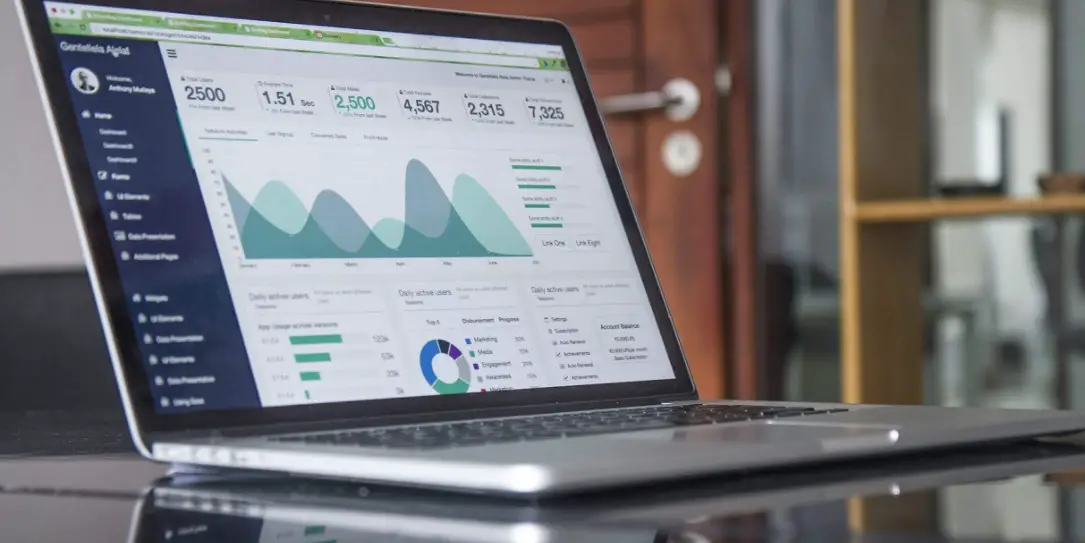Guest post by: Andrew Wells and Kathy Chiang
Build it and they will come. That is the view many organizations maintain about their data lakes and data warehouses. Companies are rapidly investing in systems and processes to retain business data that they know is valuable but have no clue what to do with it. Even the government collects mass amounts of data without specific plans for using the information at the time of collection. This trend only accelerates as the amount of data being produced continues to escalate. Today, it is estimated that human knowledge is doubling every 12 to 13 months and IBM is estimating that with the build out of the “internet of things,” knowledge will double every 12 hours.
Most organizations search for value in their data by throwing teams of data scientists at the various stores of data collected hoping to find insights that are commercially viable. This approach typically results in endless hours of digging for insights and if any are found, they rarely see the light of day. In order to monetize your data, you need a different approach, one that starts by turning the process on its head. We recommend three approaches to help you monetize your data:

1. It’s About the Decision. A common approach when starting analytics projects is to ask what ‘questions’ you would like the analysis to answer. But if your goal is to drive actionable analytics that monetizes your data, you need to start at a different point. You need to understand the ‘decisions’ you would like the analytics to support. This approach, termed Decision Architecture, is radically different from conventional methods.
Understanding the decisions you would like to support drives the direction for the rest of the analytical exercise, including the type of data and analytics needed to support the decision. The decisions you focus on determine the analytics your team will undertake which can range from simple metrics like ROI or it may call for more sophisticated metrics such as a propensity or churn model.
2. Align Decisions to Business Objectives. Knowing the goal is to provide analytics to support value driving ‘decisions’, you need to make sure the goals align with overall corporate objectives. Through mapping your decisions to key business drivers that achieve corporate objectives, you are charting a clear path to actionable analytics.
3. Economic Value and Decision Theory. In order to monetize your data, adding economic value to your decisions through the use of data science and decision theory is a must. Whereas data science helps you generate insights from your data about actions you can take, decision theory helps you structure your decisions for maximum impact and feasibility. Economic value captures both the quantitative and qualitative aspects of an action and can come in various forms including revenue and profitability, market growth or process efficiency. The goal of economic value analysis is to provide the decision maker with an understanding of the economic trade off amongst the set of decisions they have available to them.

Decision theory is applied to help decision makers select the best choice to achieve their objectives. Structuring the decision criteria into a decision matrix laying out anticipated acts, events, outcomes, and payoffs help managers see more clearly the full scope of their proposed actions and make more objective choices, guarding against hidden or implicit cognitive biases. Cognitive biases arise where an individual holds a view of a situation that is based on prior subjective experiences but may not be completely consistent with current reality. Confirmation bias, for example, occurs when the inclination is to look for information and analytics that support pre-existing beliefs or goals.
If you focus your analytics on your decision, you are already ahead of most analytical practitioners. Creating alignment from your decisions to your business drivers that achieve your corporate objectives makes your analytics actionable and relevant. Assessing economic value of your decision choices and employing decision theory to assist the decision maker in making the best possible choice will improve the value of your decisions. These three practices will drive up the value of your analytics and enable you to monetize your data.
What do you think of this article? Let us know in the comments below or on Google+, Twitter, or Facebook.
Andrew Roman Wells is the CEO of Aspirent, a management-consulting firm focused on analytics. Kathy Williams Chiang is VP, Business Insights, at Wunderman Data Management. They are the co-authors of Monetizing Your Data: A Guide to Turning Data into Profit-Driving Strategies and Solutions. For more information, please visit www.monetizingyourdata.com.










